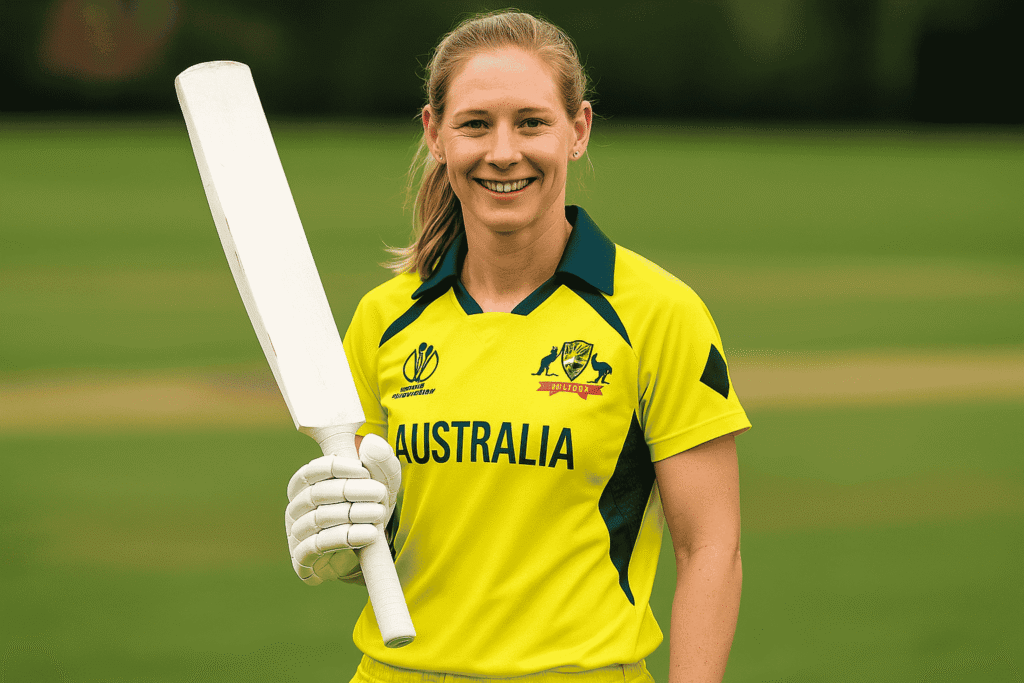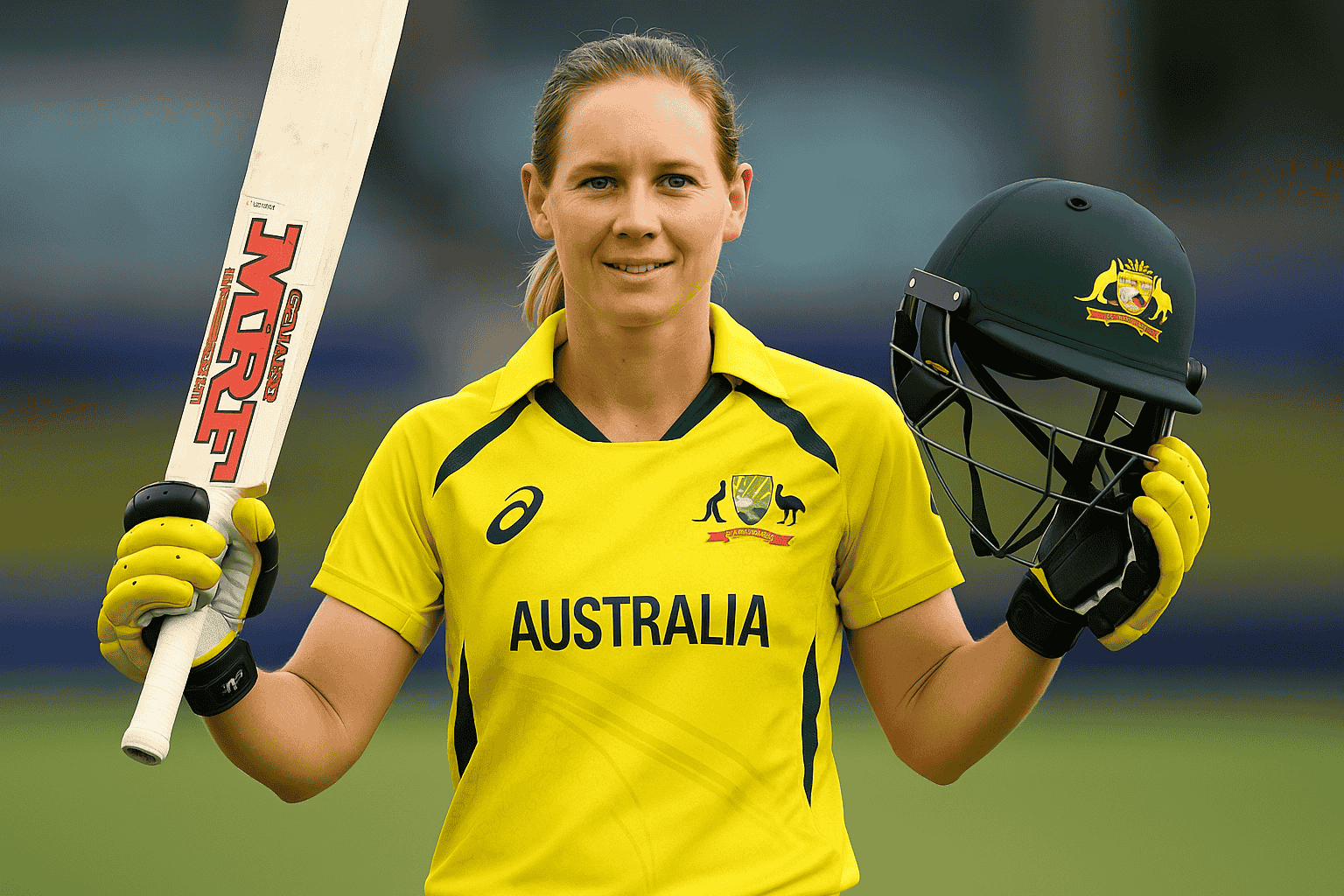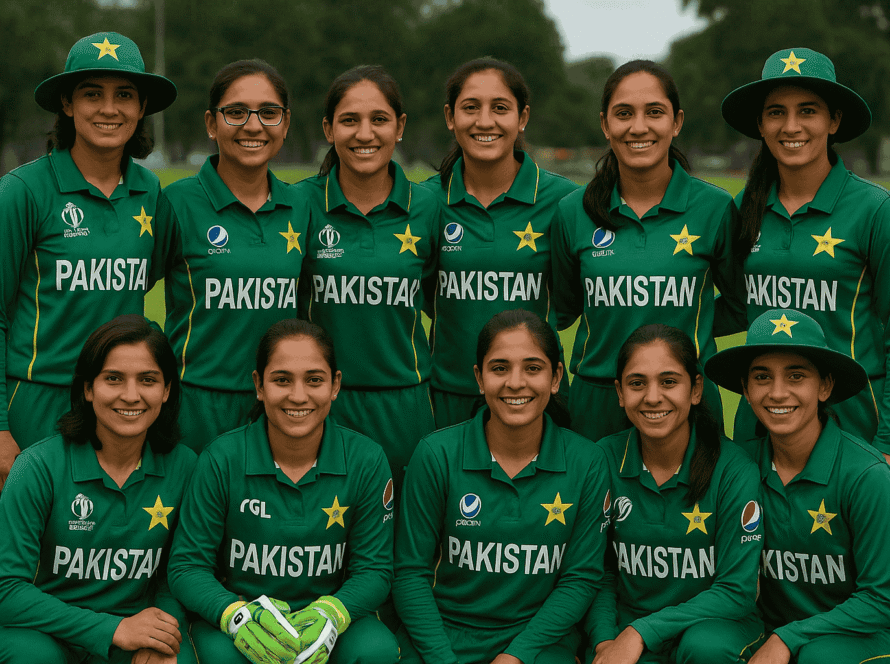The world of women’s cricket witnessed something extraordinary when Meg Lanning stepped back onto the field after her extended break from the game. Her return didn’t just mark the comeback of Australia’s most successful captain – it signaled the dawn of a new chapter in women’s cricket history. Lanning’s journey back to the sport she dominated for years has become a beacon of hope and inspiration for athletes worldwide.
The Hiatus That Shocked Cricket
Meg Lanning decision to step away from cricket in 2022 sent shockwaves through the sporting community. At just 29 years old, she had already cemented her legacy as one of cricket’s greatest leaders. Her absence left a void that seemed impossible to fill, both in the Australian team and in women’s cricket globally.
The break wasn’t just about physical rest. Lanning faced personal challenges that required her full attention. She spoke openly about the mental health struggles that many elite athletes encounter. Her honesty about these difficulties broke down barriers and encouraged conversations about athlete wellbeing that had long remained taboo.
During her time away, cricket fans wondered if they would ever see their hero in action again. The uncertainty added weight to every update about her potential return. Young players looked up to her, and her absence created questions about leadership succession in Australian cricket.
Mental Health Advocacy in Sports
Meg Lanning openness about mental health transformed how the cricket community approaches athlete welfare. She refused to hide behind generic statements about “taking time off.” Instead, she detailed the pressures that come with elite sport and the importance of seeking help when needed.
Her advocacy work during the break included partnerships with mental health organizations. She attended conferences, spoke at events, and shared her experiences with young athletes. These efforts demonstrated that champions aren’t just measured by their on-field achievements but also by their impact off the field.
The cricket world took notice. Teams began implementing better support systems for players. Mental health resources became more readily available, and the stigma around seeking help started to diminish. Lanning’s influence extended far beyond her own recovery.
The Technical Mastery Returns

When Lanning finally returned to competitive cricket, fans wondered if the extended break had affected her technical abilities. Those doubts vanished quickly as she displayed the same precision and power that made her a legend. Her batting technique remained flawless, and her strategic mind showed no signs of rust.
The first few matches back revealed a player who had used her time away productively. She had worked with coaches, analyzed her game, and returned with enhanced skills. The break hadn’t diminished her abilities – it had refined them.
Opposition bowlers found themselves facing the same challenges they had encountered before her hiatus. Lanning’s ability to read the game, anticipate field placements, and execute shots with clinical precision remained intact. Her return reminded everyone why she held such a dominant position in world cricket.
Leadership Evolution
Perhaps the most remarkable aspect of Lanning’s comeback was her evolved leadership style. The time away had given her new perspectives on team management and player development. She returned with a more empathetic approach to captaincy, understanding firsthand the pressures her teammates faced.
Her communication with younger players improved significantly. She began sharing more of her experiences, both positive and negative, with team members. This transparency created stronger bonds within the squad and fostered an environment where players felt comfortable discussing their own challenges.
The leadership lessons extended beyond cricket tactics. Lanning started focusing more on the holistic development of her teammates. She emphasized the importance of life balance, personal growth, and mental health maintenance alongside cricket excellence.
Impact on Women’s Cricket Participation
Lanning’s comeback story resonated with women and girls worldwide, inspiring increased participation in cricket. Her journey demonstrated that setbacks don’t define careers – how athletes respond to challenges does. This message particularly struck home with young players facing their own obstacles.
Cricket associations reported significant increases in female participation following her return. Coaching clinics bearing her name attracted record numbers of participants. Her story became a recruitment tool for the sport, showing that cricket welcomes athletes as complete human beings, not just sporting machines.
The ripple effects extended to professional leagues globally. The Women’s Big Bash League saw increased viewership and attendance. International tournaments gained more media coverage as journalists and fans recognized the compelling narratives within women’s cricket.
Mentoring the Next Generation
One of Lanning’s most significant contributions post-comeback has been her mentoring of emerging players. She actively works with young cricketers, sharing not just technical knowledge but life wisdom gained through her experiences. Her mentoring goes beyond cricket skills to encompass career planning and personal development.
Young players speak glowingly about training sessions with Lanning. She doesn’t just demonstrate techniques – she explains the thinking behind strategic decisions. This comprehensive approach to mentoring creates more well-rounded players who understand cricket’s mental aspects alongside its physical demands.
Her influence on junior cricket programs has been transformative. Coaches now incorporate mental health discussions into training sessions. Young players learn early about the importance of seeking support when needed, breaking cycles that might have led to burnout in previous generations.
Global Recognition and Awards
The cricket world has recognized Lanning’s impact through numerous awards and honors. Her comeback earned her recognition not just as a player but as an advocate for athlete welfare. International cricket bodies have acknowledged her contributions to improving player support systems.
Media outlets worldwide have featured her story as an example of resilience and leadership. Her interviews and articles have reached audiences far beyond cricket fans, inspiring people in various fields who face their own challenges.
The recognition extends to academic institutions studying sports psychology and athlete development. Lanning’s journey has become a case study in successful comeback strategies and mental health advocacy in professional sports.
The Future of Women’s Cricket
Meg Lanning comeback has set new standards for how women’s cricket approaches player welfare and career longevity. Her example shows that careers don’t have to end because of temporary setbacks. This perspective encourages investment in player support systems that extend careers and improve performance.
The sport now embraces a more holistic view of athlete development. Teams invest more heavily in mental health resources, life skills coaching, and career transition planning. These changes benefit all players and contribute to the overall growth of women’s cricket.
Looking ahead, Lanning’s influence will continue shaping women’s cricket for years to come. Her legacy extends beyond statistics and trophies to encompass fundamental changes in how the sport treats its athletes. The era she has inspired promises to be one of unprecedented growth and opportunity for women in cricket.
Conclusion
Meg Lanning legendary comeback represents more than one player’s return to form – it marks the beginning of a new era in women’s cricket. Her journey from hiatus to renewed excellence has inspired countless individuals while transforming how the sport approaches athlete welfare. The ripple effects of her comeback continue to strengthen women’s cricket globally, ensuring that future generations will benefit from the standards and systems she helped establish. Her story proves that true champions are defined not by their perfection but by their ability to overcome adversity and inspire others along the way.



